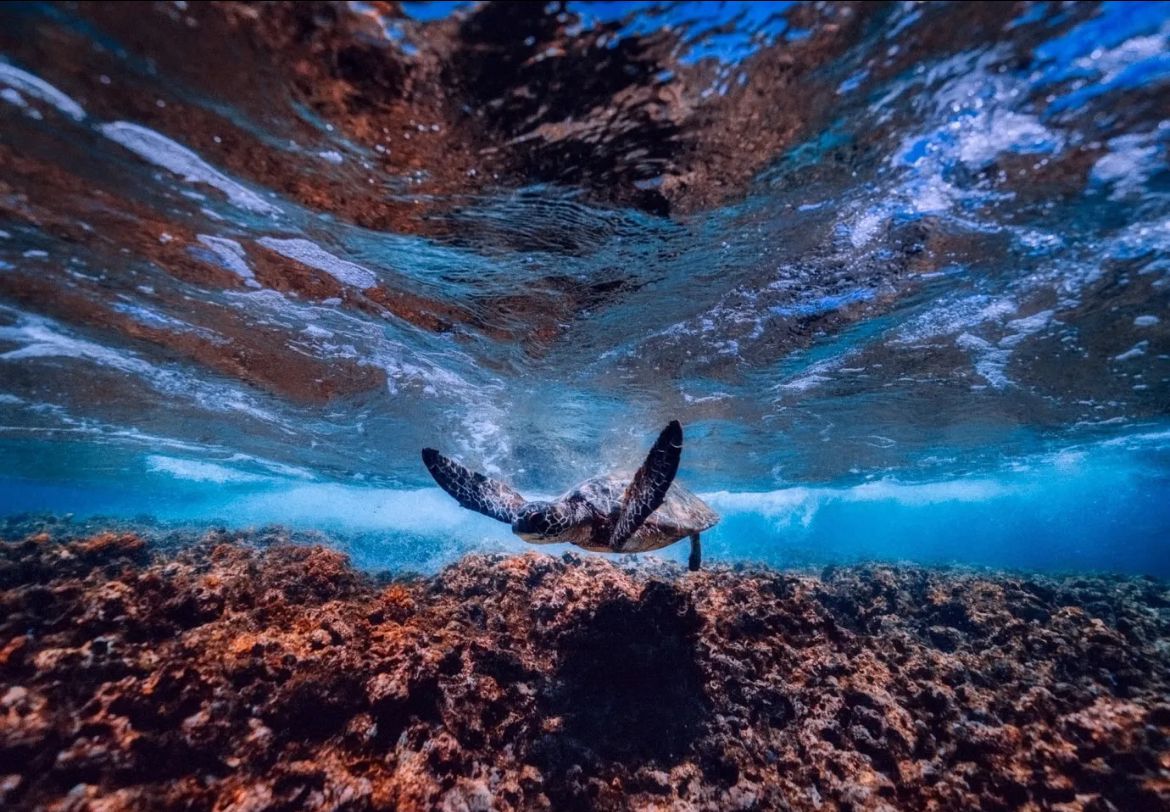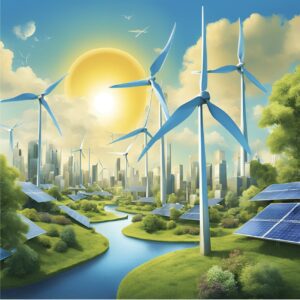
Climate Change
Climate change refers to a long term change in the average weather conditions that not only impacts the global weather conditions but also defines Earth’s local and regional weather conditions. Climate change can be understood by long term shifts in temperature and weather patterns. Such shifts can be natural- due to changes in the sun’s activities or due to huge volcanic eruptions etcetera. But since the mid-1800s, human activities have been the main driver of these climate changes.
Causes
Human activities like burning of fossil fuels like peat, lignite, other forms of coal, oils and gases lead to the liberation of greenhouse gases which can have an adverse effect on the climate. Greenhouse gases are some gases which act as a blanket wrapped around the Earth and traps solar energy to maintain the temperature of the earth for life to survive. It is because of a proper balance of these gases that Earth is not freezing cold or boiling hot. Now you may wonder that if these gases are a source to life on earth then how can they adversely affect the globe. Well, these gases are only beneficial when they are present in a certain amount to maintain the balance. Since the burning of fossil fuels liberate greenhouse gases like SO2, CO2, CH4, CFCs, etcetera which create an imbalance in the amount of these gasses in the atmosphere. Excess of these gases absorb the solar radiations and entrap them in the Earth’s atmosphere which leads to high temperature. This phenomenon is known as Global Warming.
Consequences
According to the ongoing temperature analysis led by scientists at NASA’s GISS, the average temperature of Earth has increased by 1.2oC over the past 2 centuries. The World Meteorological Organization has made it official that the past decade i.e. 2013-2023 was the warmest decade to be ever recorded.
Its affect on the Ecosystem
Climate change is a very serious threat and its consequences impact many different forms of life. Climate has an important influence on different ecosystems as all the species need certain climatic conditions and a particular temperature range to survive. For instance, increase in temperature and warming up of the natural habitats of some species may force them to migrate to higher latitudes where temperature is more suitable for their survival. Similarly, this causes rise in the sea level due to which there is an intrusion of salt water in fresh water lakes and rivers which may force some aquatic species to relocate or die. According to the International Union for Conservation of Nature (IUCN) Red List, at least 10,967 species are affected by climate change and the projections suggest that if global temperatures increase by 2oC by the year 2100, about 18% of all the species on land will face high risk of going extinct.
Conservation Strategies
Conservation of biodiversity during climate change can be done by following the following steps:
- Conservation and restoration of forests which not only helps in absorbing excess heat but also stabilizes land slopes and regulates water flow.
- Conservation of agrobiodiversity to provide specific gene pools for crop and livestock adaptation to climate change.
- Preserving and restoring peatlands i.e. keeping that wet which would restrict carbon dioxide from oxidizing and float off in the atmosphere.
- Using non-conventional sources of energy instead of burning excess fossil fuels.
- Reduction of pollutants like chemicals and disposal of pesticides, herbicides into water bodies and proper sewage disposal for preserving the aquatic ecosystem.

Author –
Araina Arora
Follow us on social media for real-time news updates:








I was recommended this website by my cousin I am not sure whether this post is written by him as nobody else know such detailed about my difficulty You are wonderful Thanks